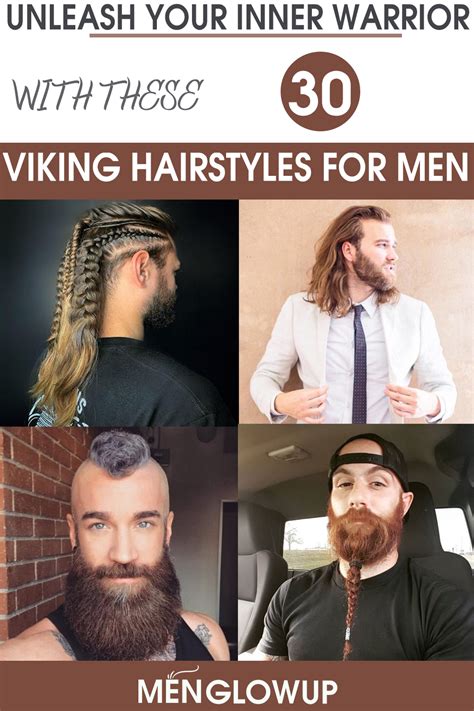Introduction

In the realm of military service, discipline and precision extend beyond the battlefield to every aspect of one’s appearance, including hairstyles. Military regulations across forces worldwide dictate specific guidelines for male hair, ensuring a uniform and professional demeanor.
Regulations and Standards
Hair regulations for military personnel are primarily driven by the need to maintain a standardized appearance, prevent distractions during field operations, and mitigate safety hazards. The allowed styles and lengths vary among different branches of service and countries.
1. U.S. Army and Marine Corps
- Buzz Cut: Short, uniform haircut with hair no longer than 1.5 inches.
- High and Tight: Similar to a buzz cut, but with hair slightly longer on top (less than 2 inches).
2. U.S. Navy and Coast Guard
- Flat Top: Flattened hair with a defined horizontal line at the top.
- Boot Cut: Similar to a flat top, but with a slight angle at the back.
3. U.S. Air Force
- Military Cut: Short and tapered, with hair shorter on the sides and back (no more than 2 inches on top).
4. British Armed Forces
- Number 2: Haircut with hair trimmed to a length of 2 mm using a number 2 clipper blade.
- Crew Cut: Short, uniform haircut with hair trimmed to a length of 3-6 mm.
Motivations for Military Hairstyles
Beyond regulations, military hairstyles serve several motivations:
- Identity and Unit Cohesion: Uniform hairstyles foster a sense of belonging and camaraderie within units.
- Practicality: Short hair reduces the risk of entanglements during combat or physical activities.
- Hygiene: Short hair promotes cleanliness and reduces the likelihood of fungal infections.
Impact on Psychological Well-being
While military hairstyles prioritize discipline over personal aesthetic preferences, research suggests that they may also impact psychological well-being.
According to a study published in the journal “Military Medicine,” shorter hairstyles have been associated with higher levels of discipline and perceived social support. However, they may also contribute to feelings of depersonalization and a loss of individual identity.
Pain Points and Challenges
Despite the benefits of military hairstyles, there are also potential pain points and challenges:
- Individuality: Restrictive hairstyles may conflict with personal style preferences and limit self-expression.
- Hair Loss: Some military haircuts, such as the buzz cut, can exacerbate existing hair loss conditions.
- Cultural Sensitivity: Military hairstyles may not be compatible with certain cultural or religious beliefs, leading to potential conflicts.
Exploring Alternatives
In response to these pain points, some organizations have begun exploring alternatives to traditional military hairstyles:
- Short Civilian Styles: Some forces allow for shorter civilian-style haircuts that meet specific length and grooming standards.
- Religious Exemptions: Individuals with genuine religious beliefs may seek exemptions from hairstyle regulations.
- Phased Rollout: Implementing changes to hairstyle regulations gradually can minimize disruption and allow personnel to adjust.
FAQs
1. How often must military personnel get haircuts?
In general, military personnel are required to get haircuts every 2-4 weeks to maintain a neat and tidy appearance.
2. Can military personnel style their hair?
Styling products and techniques are typically prohibited for military hairstyles, which emphasize a clean and uniform look.
3. What are the consequences of violating hairstyle regulations?
Violations of hairstyle regulations may result in disciplinary action, ranging from verbal warnings to formal reprimands.
4. Are there any exceptions to hairstyle regulations?
Exceptions may be made for medical or religious reasons, as well as for historic or ceremonial purposes.
5. What is a “Princeton Fade”?
A Princeton Fade is a hairstyle characterized by a short, tapered cut with a gradually blending fade at the sides and back.
6. What are the benefits of a Flat Top haircut?
A Flat Top haircut provides a sharp and distinctive appearance, enhances military bearing, and promotes discipline.
Conclusion
Military hairstyles serve a vital role in maintaining the discipline, cohesion, and efficiency of armed forces worldwide. While they may limit personal expression, they also contribute to the unique identity and camaraderie of military personnel. As regulations evolve to address pain points and embrace diversity, the future of military hairstyles remains a topic of ongoing discussion and innovation.
